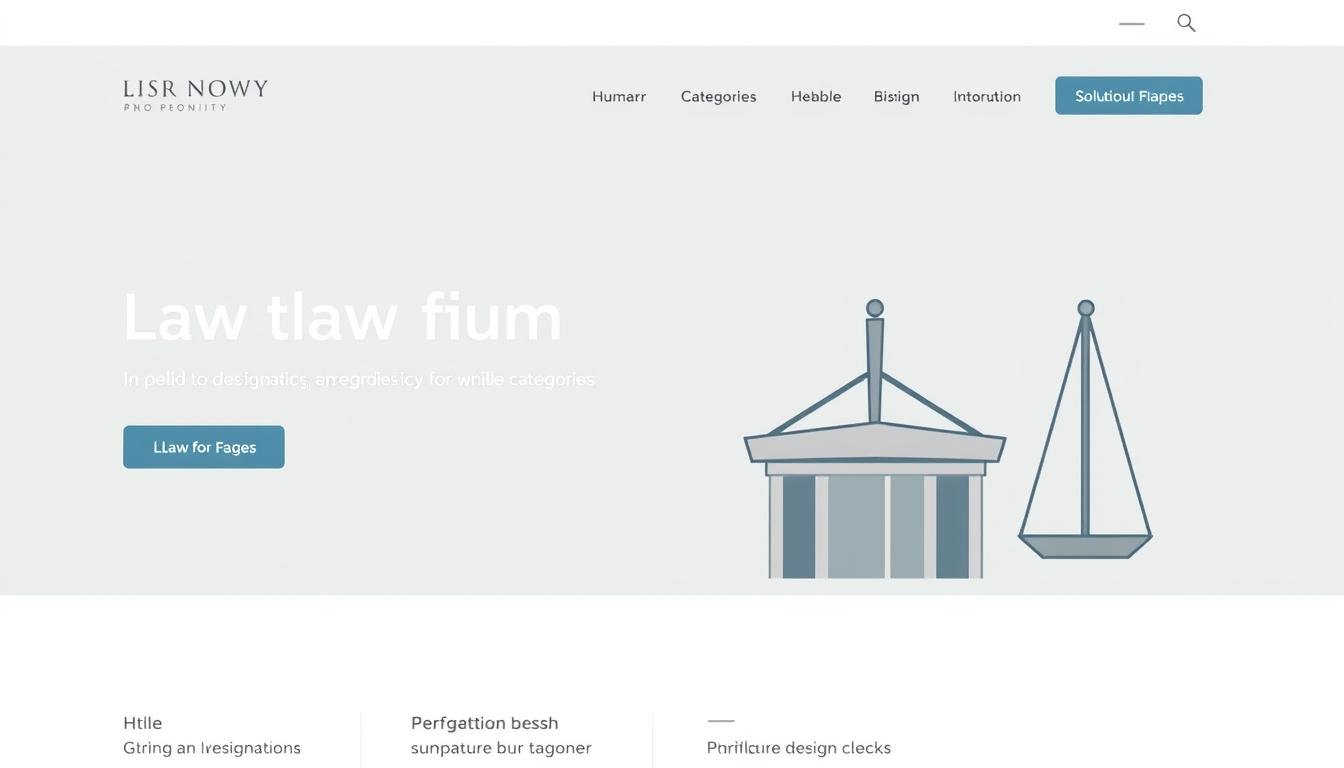Lead generation is a fundamental aspect of any business strategy, aimed at attracting and converting potential customers into leads—individuals who have expressed interest in your product or service. It is the initial step in the sales process and is essential for maintaining a robust sales pipeline. By effectively generating leads, businesses can nurture relationships with potential buyers, eventually guiding them towards making a purchase.
There are various types of leads, each playing a pivotal role in the sales funnel. Marketing Qualified Leads (MQLs) are individuals who have interacted with your marketing efforts but are not yet ready to make a purchase. These leads have shown interest through actions such as downloading a white paper, filling out a form, or subscribing to a newsletter. MQLs require further nurturing through targeted marketing campaigns to move them down the funnel.
On the other hand, Sales Qualified Leads (SQLs) are leads that have progressed further along the sales funnel and have demonstrated a higher likelihood of becoming customers. These leads have engaged more deeply with your content and are often ready for direct interaction with your sales team. Understanding the distinction between MQLs and SQLs is crucial, as it allows businesses to tailor their approach and allocate resources efficiently.
Targeting the right audience is another critical component of successful lead generation. This involves identifying and understanding your buyer personas—semi-fictional representations of your ideal customers based on market research and real data about your existing customers. By developing detailed buyer personas, you can create more personalized and effective marketing strategies that resonate with your target audience, ultimately increasing the quality and quantity of your leads.
In summary, lead generation is an indispensable part of business growth. By distinguishing between different types of leads, targeting the right audience, and understanding your buyer personas, you lay a strong foundation for the subsequent strategies and tools that will be covered in this blog post. With these basics in place, you are well-equipped to dive deeper into the intricacies of mastering lead generation.
Designing and Optimizing Your Lead Generation Website
Creating a high-converting lead generation website requires a focus on user-friendly design and intuitive navigation. Ensuring visitors can easily find what they are looking for is crucial for keeping them engaged and reducing bounce rates. The layout should be clean and uncluttered, with clear menus and easily identifiable links to important sections of the site.
Compelling landing pages are essential for capturing leads. Persuasive copywriting plays a significant role here, as it needs to clearly communicate the value proposition and benefits of your offering. Strong calls-to-action (CTAs) should be prominently displayed and worded in a way that encourages visitors to take the desired action. Using social proof elements, such as testimonials and case studies, can further enhance credibility and persuade potential leads to convert.
Integrating lead capture forms is another critical aspect of an effective lead generation website. These forms should be strategically placed throughout the site, particularly on high-traffic pages or where visitors are likely to be ready to provide their information. Keeping forms short and requesting only essential information can help increase submission rates. In addition to forms, pop-ups and chatbots can be valuable tools for capturing leads. When used appropriately, pop-ups can prompt visitors to take action without being intrusive. Chatbots provide a more interactive way to engage with visitors, answer their questions, and guide them through the conversion process.
Continuous optimization through A/B testing and analytics is vital for maintaining and improving the performance of your lead generation website. A/B testing allows you to compare different versions of your landing pages, CTAs, and lead capture forms to determine which variations yield the best results. Analytics provide insights into visitor behavior, helping you identify areas for improvement and track the effectiveness of your optimization efforts over time.
By implementing these best practices and regularly refining your approach, you can create a lead generation website that effectively converts visitors into valuable leads, ultimately driving the success of your business.





